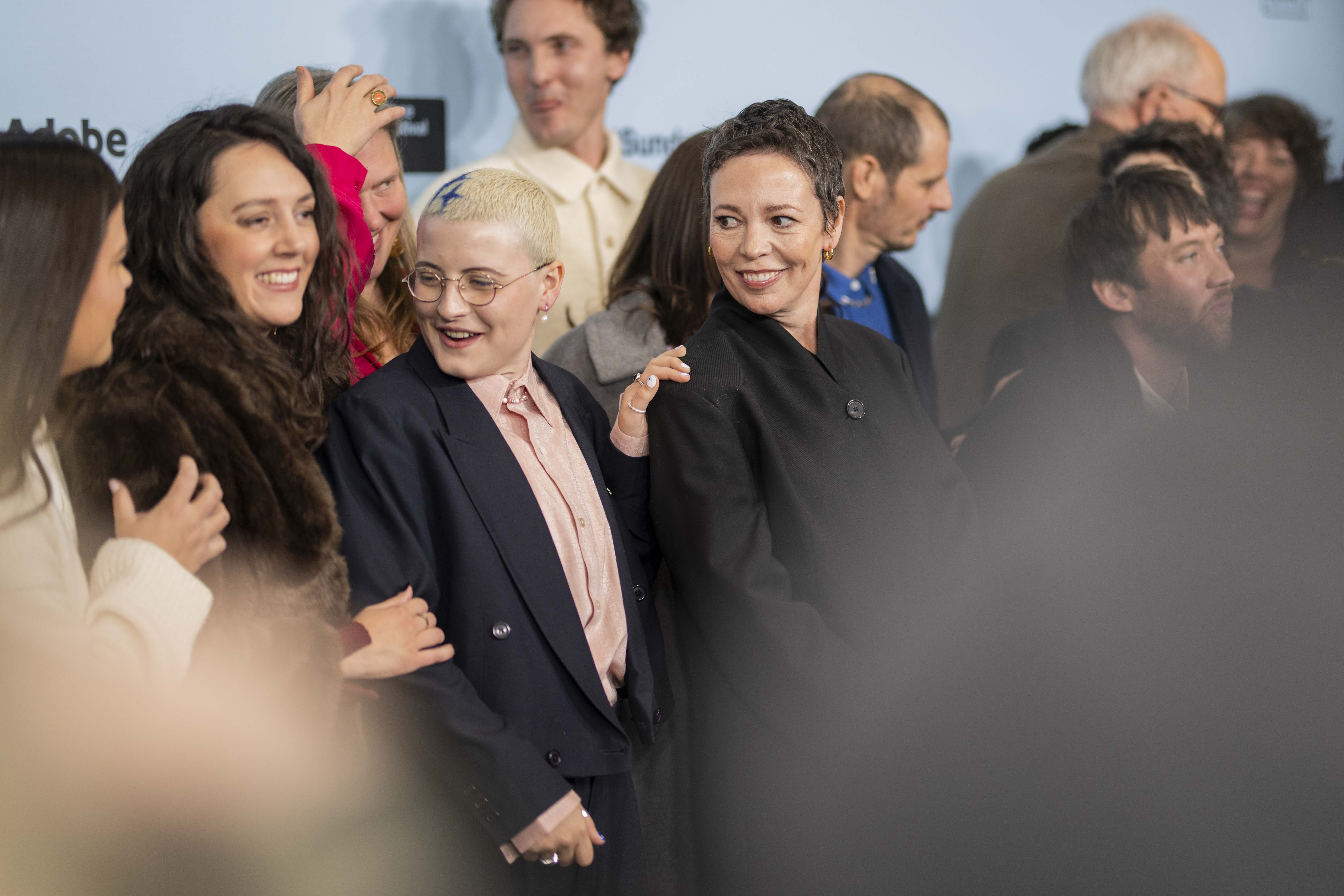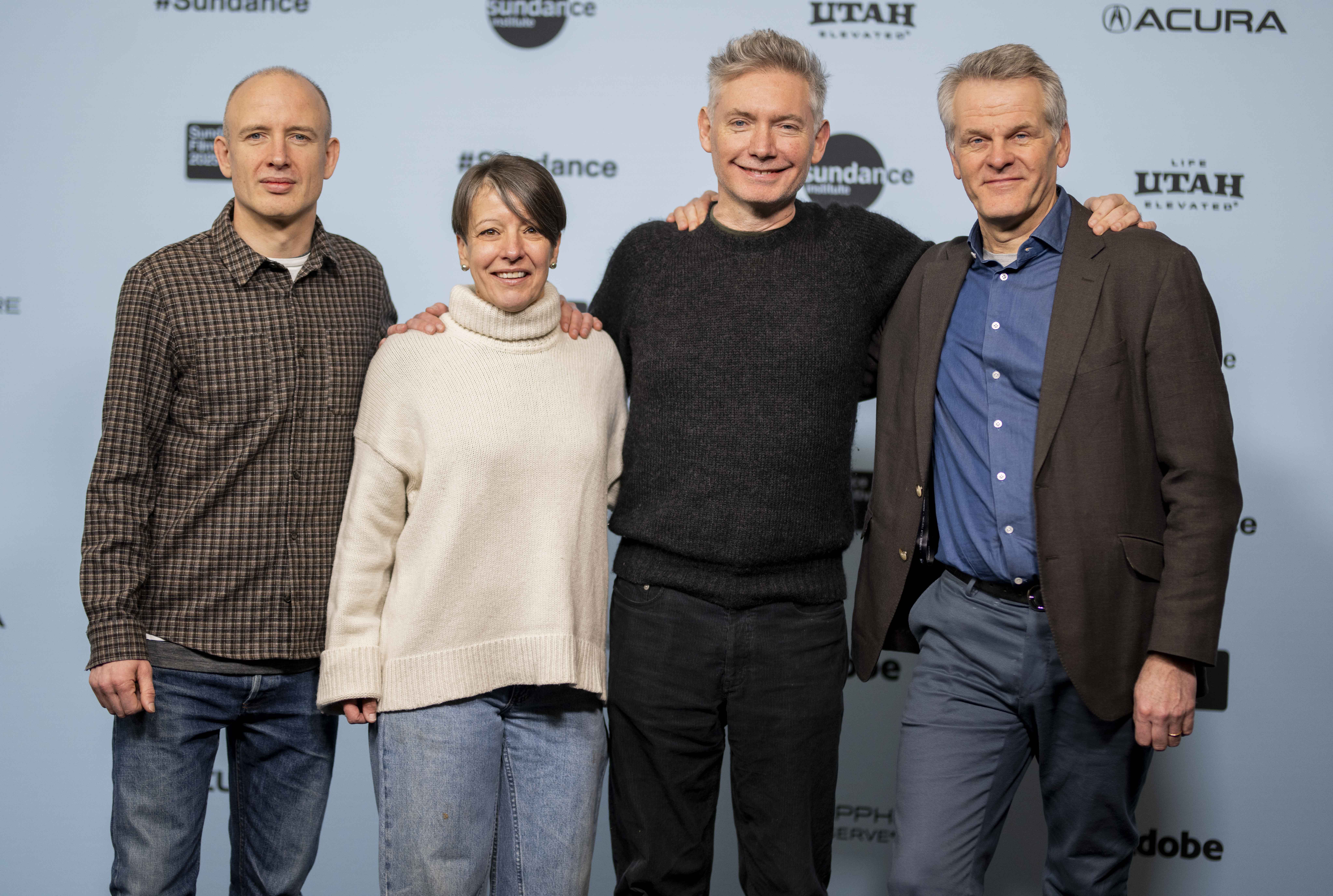Sundance 2025 Q&A: ‘Rabbit Trap’ captures the eerie sound of Welsh folktales
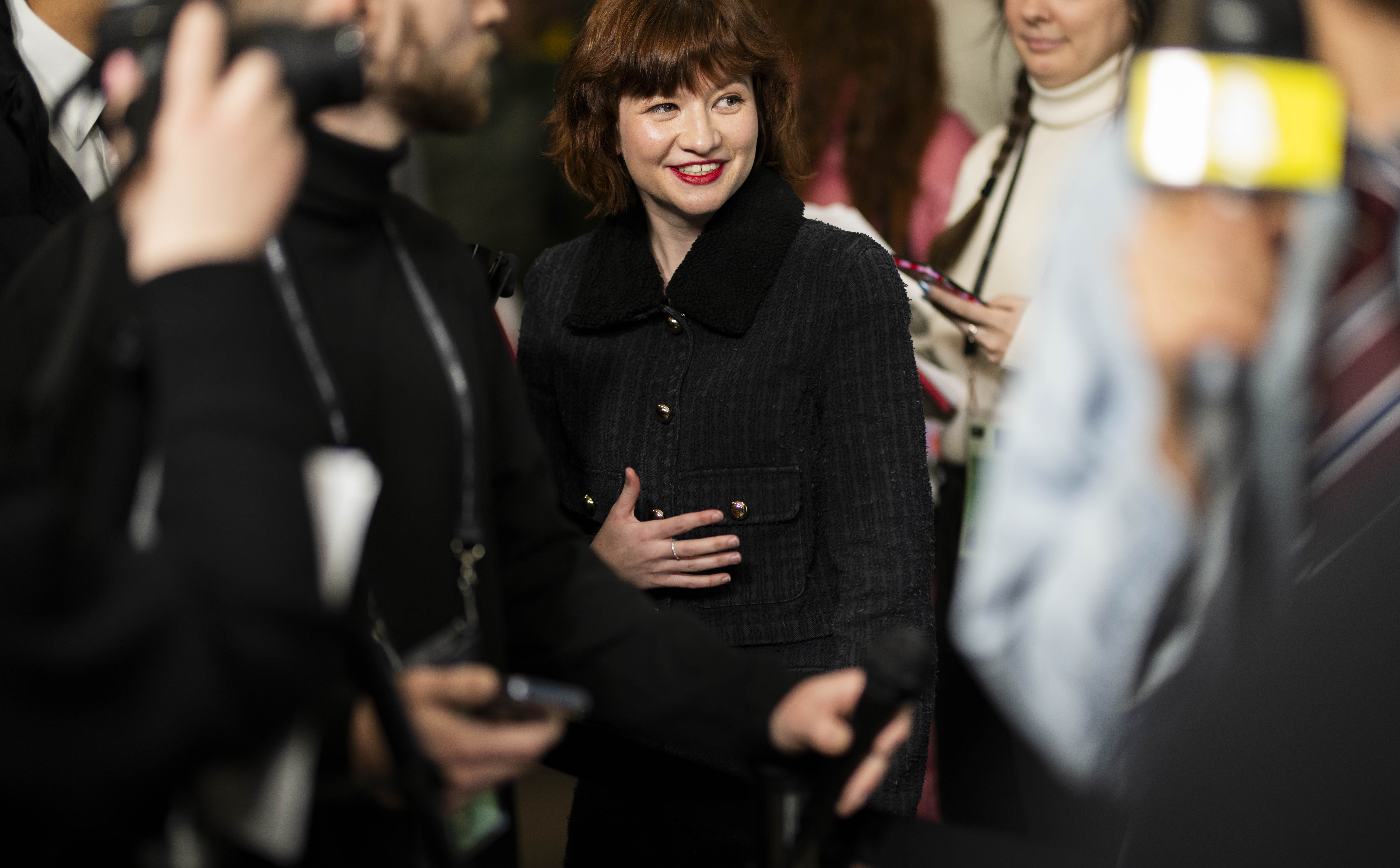
“Rabbit Trap” star Jade Croot smiles and looks past the camera while walking through a crowd of people at the 2025 Sundance Film Festival. (Zimo Li/Photo editor)

By Sanjana Chadive
Jan. 29, 2025 7:58 p.m.
This post was updated Feb. 2 at 8:09 p.m.
There is nothing fluffy about Bryn Chainey’s feature film debut.
Distributed by horror production company SpectreVision, “Rabbit Trap” premiered at the 2025 Sundance Film Festival as part of the Midnight category. The film follows musicians Darcy (Dev Patel) and Daphne Davenport (Rosy McEwen), who record an ominous sound and accidentally summon an unnamed child (Jade Croot) with seemingly nefarious intentions. Chainey, who directed and wrote the film, said it is loosely inspired by Welsh folktales he grew up with.
Chainey, Croot, sound designer Graham Reznick and SpectreVision coordinator Julia Elizabeth Evans spoke to the Daily Bruin’s Sanjana Chadive about the significance of the film’s sound and setting, in addition to the impact of speculative fiction.
This interview was edited for length and clarity.
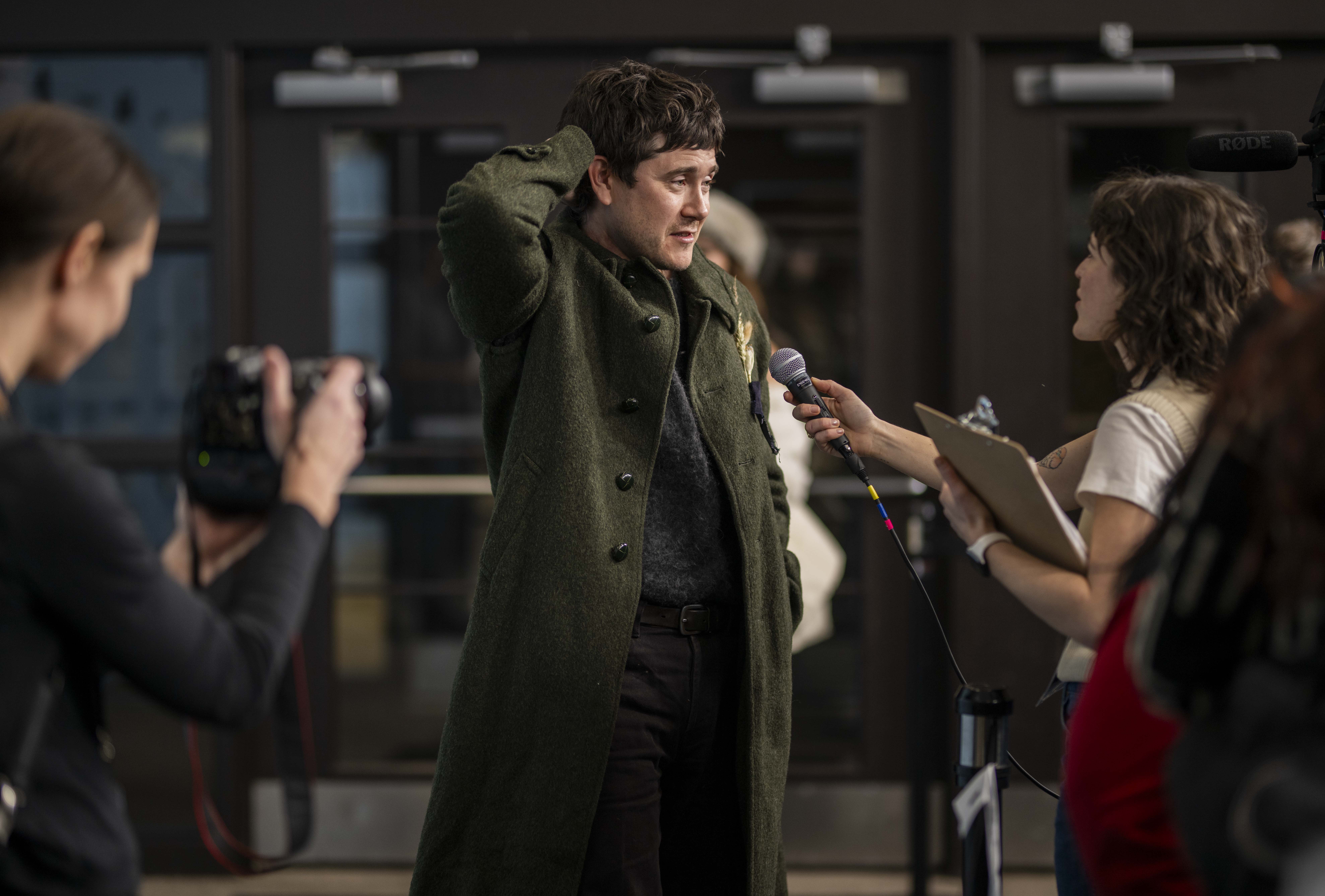
Daily Bruin: Daphne and Darcy are musicians. How does sound serve as a character in “Rabbit Trap”?
Julia Elizabeth Evans: It is the core of the film, right? What’s great about the film is that it honors the sound designer as the filmmaker as much as any other production role. I think sound is film, and this film acknowledges that.
Bryn Chainey: I had a sound design teacher at film school. I loved doing sound design when I was studying. The teacher said to us, “With your eyes, you enter the world, and with your ears, the world enters you.” That haunted me for so long because you enter a space, and you don’t know why you feel unsettled sometimes, but that’s just because there’s a strange hum in the distance, like the air conditioning unit’s broken, or you can catch little tones subconsciously, and it affects your mood.
As I was analyzing that for myself when writing, I realized that sound is a brilliant metaphor for trauma. Someone can do an action upon you against your will, and it’s just in you now, just like sound. The sound doesn’t ask permission to enter you. It’s in you now. For me, sound became a metaphor for that violating force.
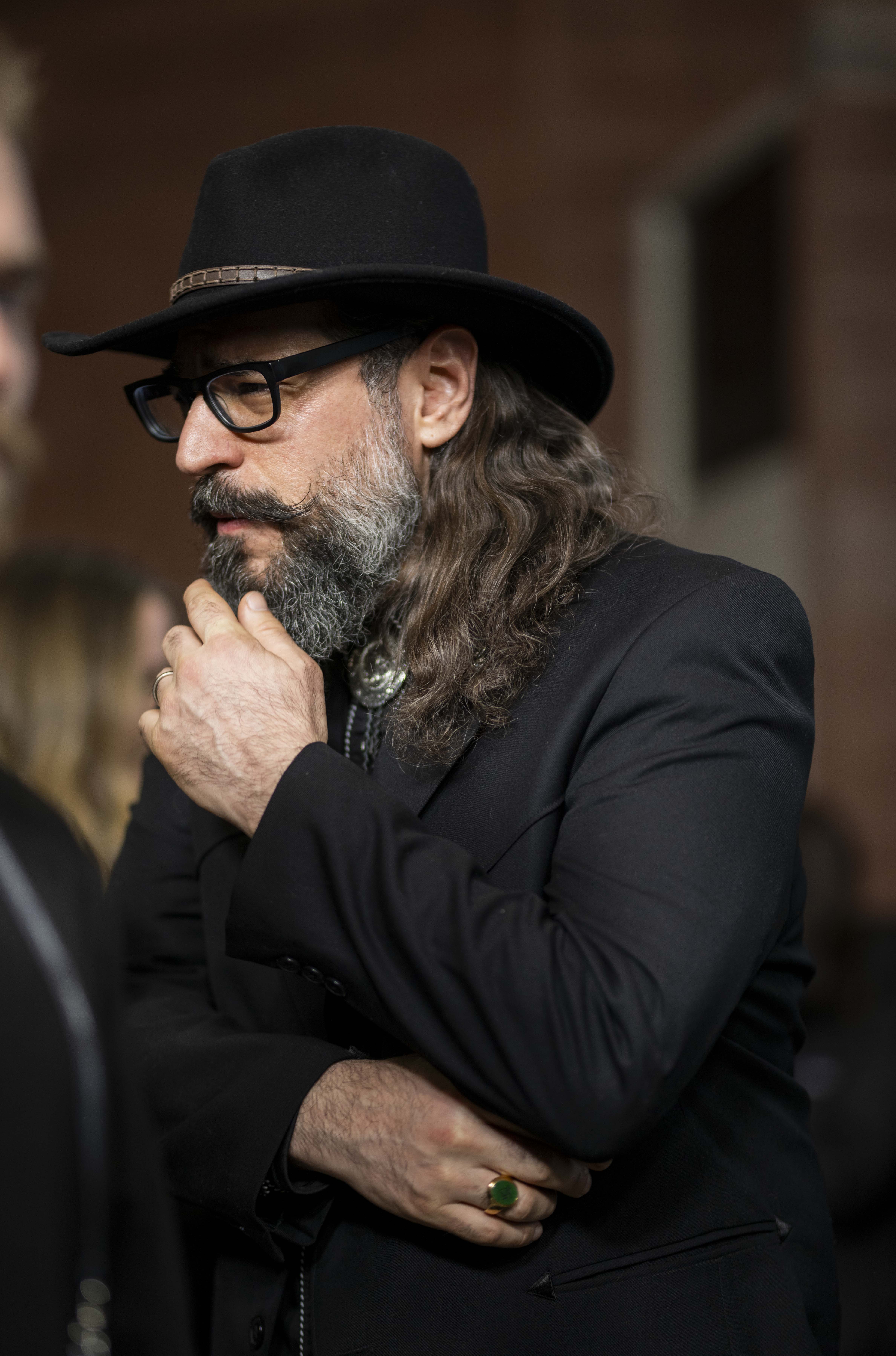
DB: “Rabbit Trap” takes place in Wales during the 1970s. How did the setting propel the narrative forward?
Graham Reznick: For me, it was an opportunity to be inspired by a locale I didn’t know a lot about. I took that opportunity to try to match the natural beauty to it. I mean the landscape is incredible, and it’s a little bit foreign to me. It’s not a place that I know much about. Keeping that in mind, it made me keep my game up all the time.
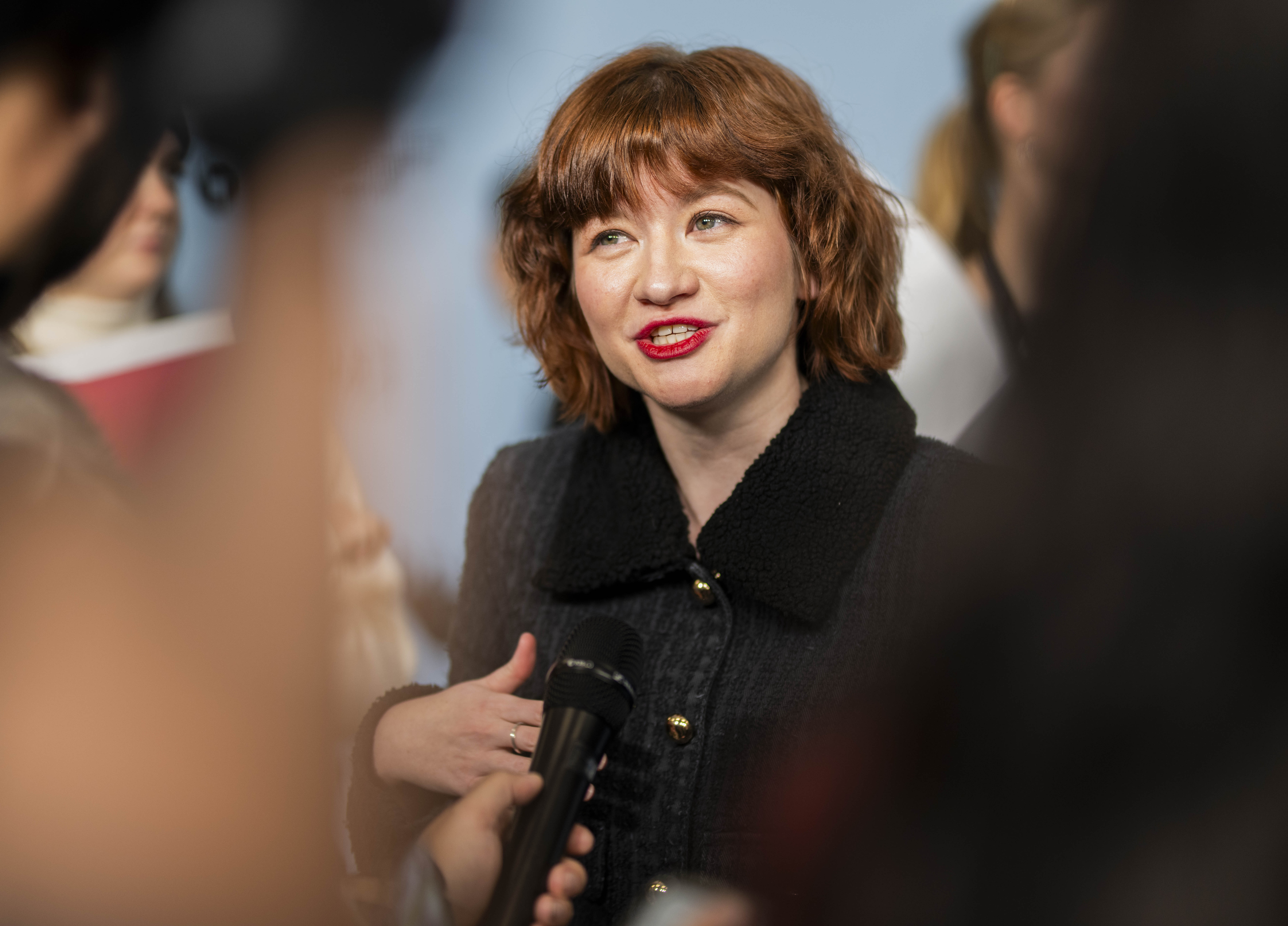
DB: You play a young boy in the film. How did you tap into that mindset?
Jade Croot: I just tried to play the character as a human rather than a boy. The character is a nameless, genderless being, who takes on this role in their lives. From that, things start to happen, things start to progress. It was a very big challenge, but I had a lovely time. Everybody (in the film) is very good as well.
My character goes to some dark places. For me, that was really wonderful as an actor to get to do that, but I was very much supported by the team. Everybody looked after each other. I think that was the biggest challenge – to go to those dark places and come out the other side. It was very cool to see what it looks like.
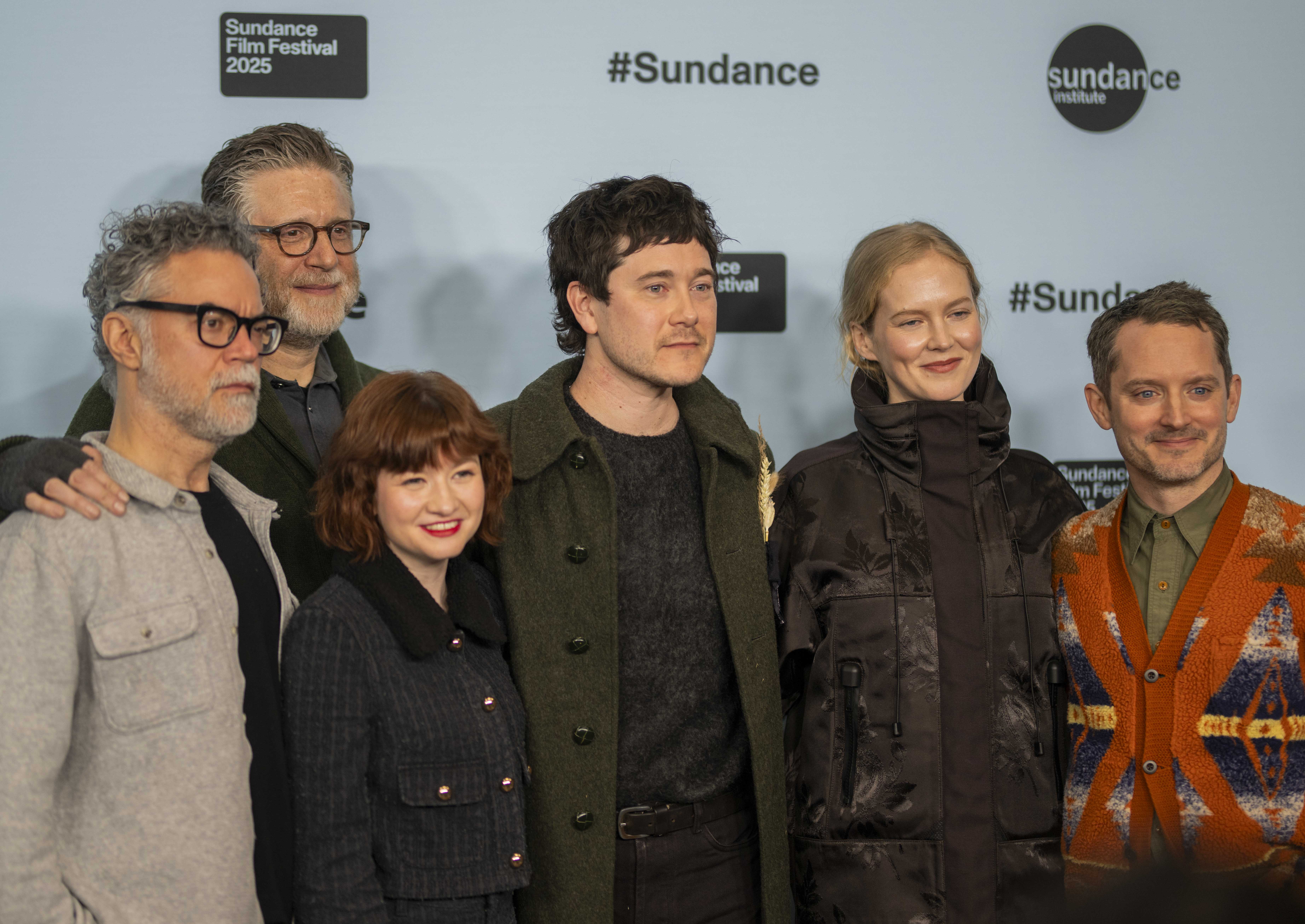
DB: Speculative fiction is an often underappreciated and overlooked genre by the film industry. Why is it important to tell stories from this genre?
GR: I think that it’s been one of the most important genres of the 20th century and beyond. In regards to speculative fiction, specifically, I think it’s very important to our understanding of where our society is heading, to pay attention to what speculative fiction is painting because more often than not, they’re right. … I think a movie like this isn’t as broad, but it is about a very human, very intimate relationship to where a person’s life could be heading.



